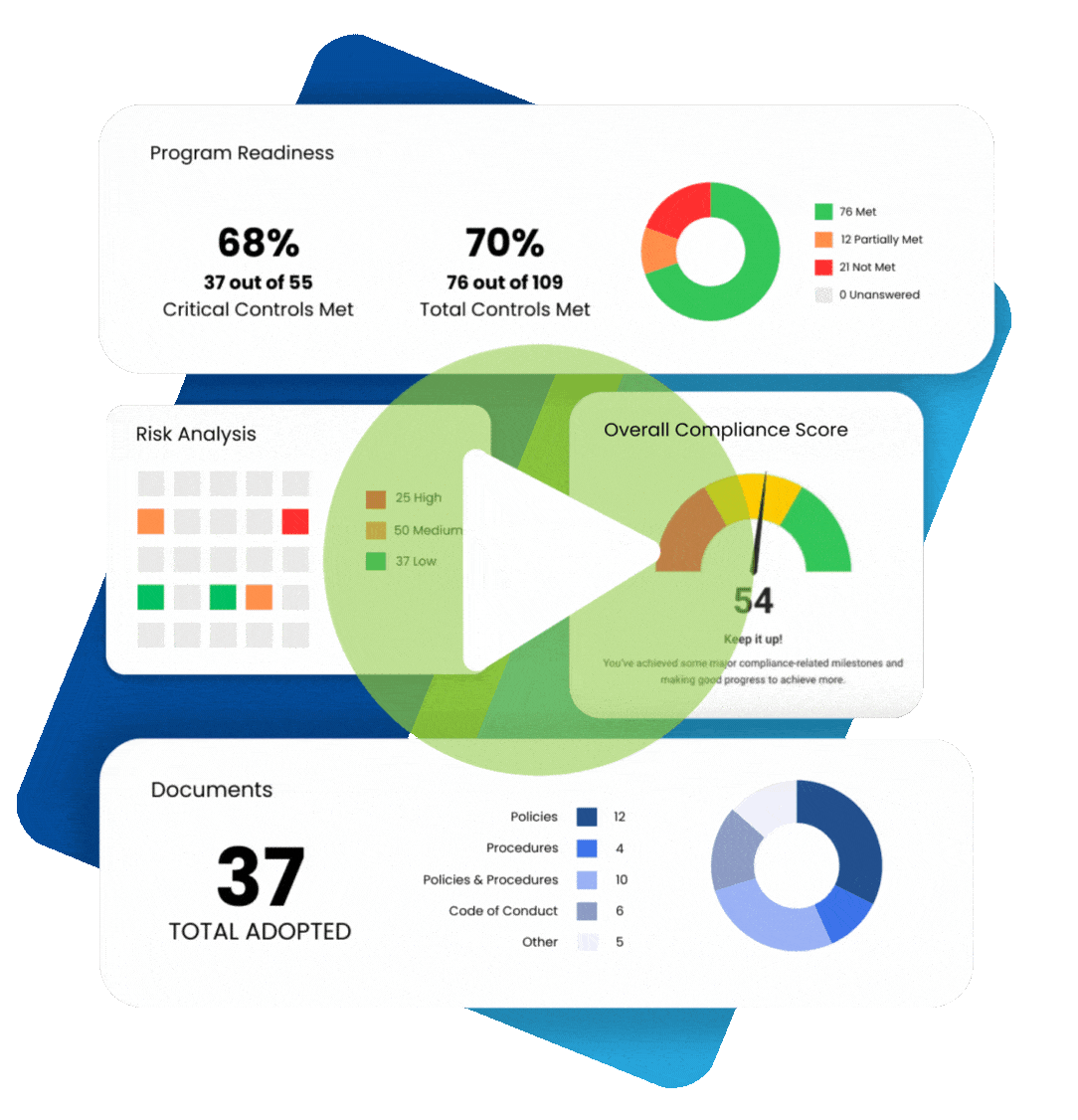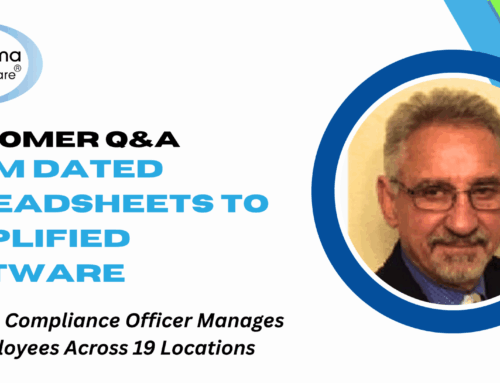
More than 37% of U.S. healthcare organizations don’t have a security incident response plan in place. Because of this, many adverse security events go unreported. Utilizing security incident and event management tools can eliminate many hurdles surrounding proper reporting.
These hurdles range from a lack of knowledge of reporting procedures to a lack of support in addressing incidents. These administrative challenges can be overcome with effective policies, procedures, and training. With constant threats from cyber attacks and data breaches, more effective SIEM tools are needed. Using robust compliance software that performs SIEM will enhance compliance efforts and reduce the number of damaging security incidents.
While compliance professionals understand that compliance software offers useful automation, they often don’t know how to recognize which software is the right choice for their business.
How SIEM Tools Work in Healthcare Compliance
Healthcare organizations face unique challenges in terms of security. With highly sensitive patient data involved, these organizations must adhere to strict privacy laws and regulations. Compliance software that includes security incident and event management tools provides an added layer of protection by streamlining and tracking processes for security incidents.
Security incident and event management tools can help you with your data security compliance efforts. These tools can be used to help meet the requirements of laws such as HITECH and HIPAA, as well as regulations such as the FTC’s health breach notification rule, which requires vendors of personal health records (PHRs) to provide breach notification.
A key feature of these tools is anonymous incident reporting. This allows employees to report security concerns without fear of retaliation. Additionally, this form of reporting:
- Helps compliance officers to identify trends in incidents
- Helps businesses to comply with regulatory requirements as they change
- Encourages reporting and comfort in reporting incidents
- Reduces rates of unreported security incidents
Along with offering security incident and event management reporting capabilities the right security incident and event management software enables compliance officers to track security incidents from start to finish. Compliance departments can follow the lifecycle of adverse events and also assess not just patterns between incidents but the likelihood that others will occur. Robust compliance software also helps organizations develop event management tactics that, once deployed, allow for more robust risk assessment and risk prevention efforts.
The Primary Needs for SIEM Tools
If your business is not already using a security incident and event management system, it’s simple to get started. The first step is to determine what your business needs. The way to do this is to start with a risk assessment. To start, you should:
Identify Your Assets: List all systems and devices used to collect, store, and handle patient information.
Identify Threats and Vulnerabilities Ahead of Time: A threat is the potential for a person or thing to exercise (accidentally trigger or intentionally exploit) a specific vulnerability. A vulnerability is a weakness that, if triggered by a threat, would create a risk of inappropriate access to or disclosure of sensitive health information. Examples of threats include power failures and malicious software uploads. Examples of vulnerabilities include software systems that have not been patched or are not equipped with antimalware software.
Assess All Vulnerabilities: Determine how many adverse security events your company has experienced and the type of events that occurred to help analyze weaknesses, or vulnerabilities, in current security measures. Vulnerabilities are weaknesses that, if triggered or exploited by a threat, would create a risk of inappropriate access to or disclosure of sensitive health information.
Determine Likelihood of Threat Occurrence: How likely is it that a threat will occur at a future date, based on what you already know about past instances of these threats having materialized?
Determine Impacts: Assess the magnitude of the potential impact to your organization resulting from a threat triggering or exploiting a specific vulnerability.
Prioritize Risks: Assign risk levels for different threat and vulnerability combinations. The level of risk could be determined, for example, by analyzing the values assigned to the likelihood of threat occurrence and the resulting impact of threat occurrence. The risk level determination might be performed by assigning a risk level based on the average of the assigned likelihood and impact levels.
Monitor Your Systems Continuously: Regularly review system activity and proactively manage system accessibility to keep you ahead of any emerging threats to your business.
After conducting a risk assessment for your business, you will better understand what your business needs are, and how to get the most use out of security incident and event management tools. Regardless of your business, here are a few benefits of a risk assessment:
- Robust security awareness
- Centralized incident monitoring and reporting
- A simpler approach to drafting and deploying an incident response plan
The advantages of using SIEM tools can be complemented by using compliance software to keep track of their uses and rates of success.
Using Compliance Software to Enhance SIEM Efforts
Not every security incident in healthcare can be prevented, but businesses should be taking advantage of a robust security incident and event management system to enhance incident prevention tactics. With features that mitigate risks and help detect, resolve, and report incidents within one dashboard, more compliance professionals should be learning how to implement this software into their daily operations.









